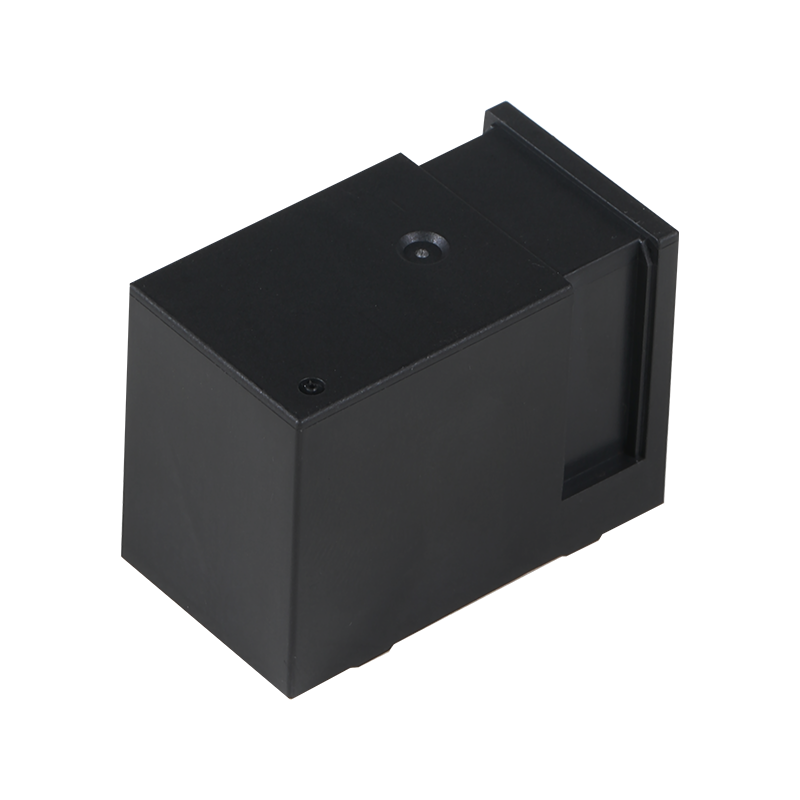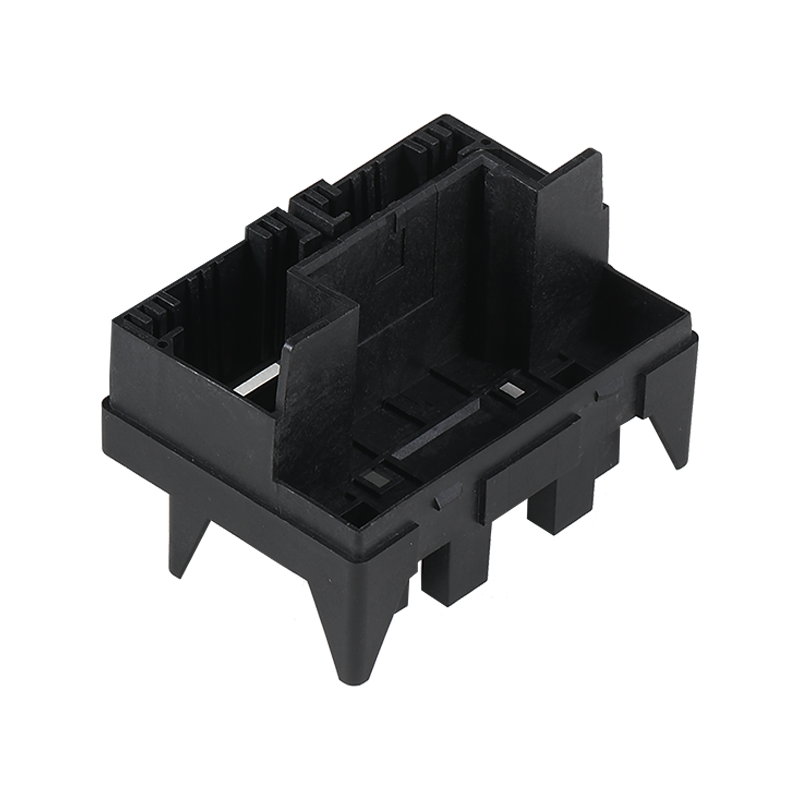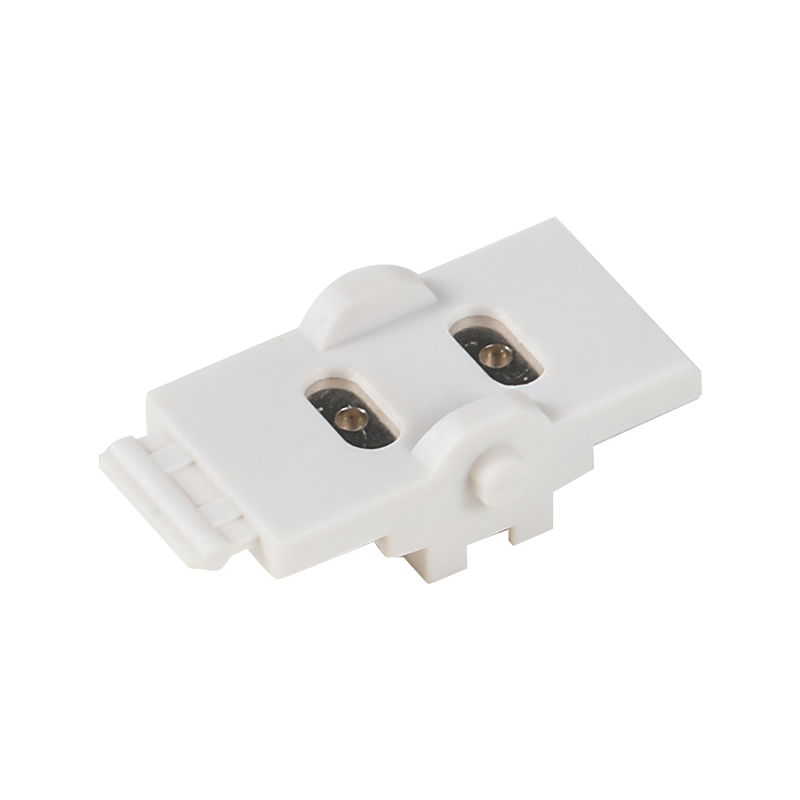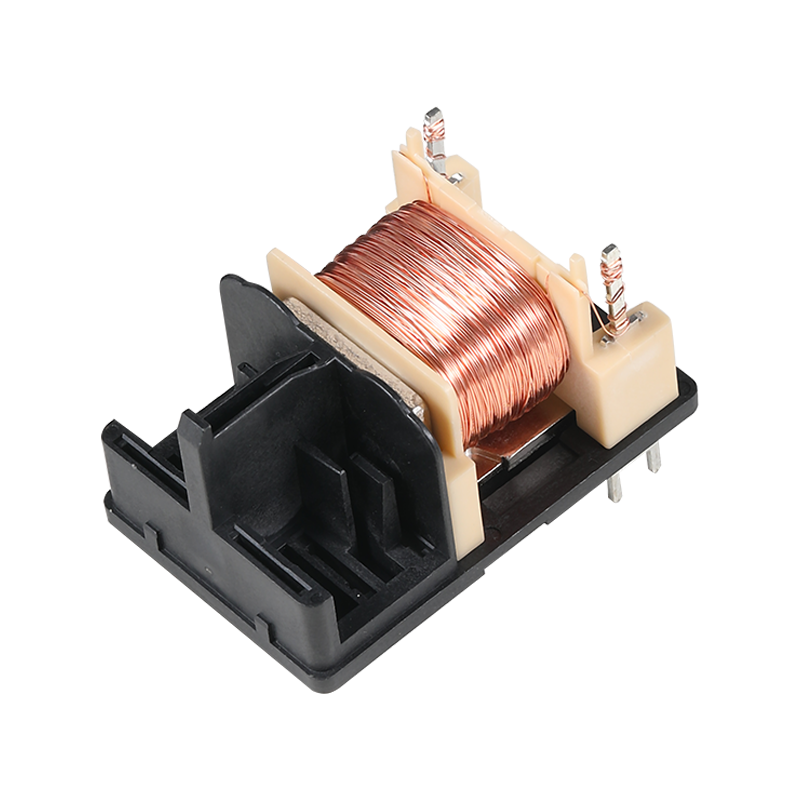
The electrical engineering sector is witnessing significant advancements in static relay components as power systems worldwide undergo digital transformation. These sophisticated electronic devices are replacing traditional electromechanical relays, offering improved precision and reliability in circuit protection and control applications. Modern static relay components incorporate advanced semiconductor technology and digital processing capabilities that enhance performance while reducing maintenance requirements across various industrial and utility applications.
Technological innovations have substantially improved the operational characteristics of contemporary static relay components. Manufacturers have developed enhanced circuit designs that provide greater accuracy in fault detection and faster response times during abnormal electrical conditions. These static relay components utilize sophisticated algorithms and signal processing techniques that enable more precise measurement of electrical parameters and more reliable operation under diverse system conditions. The integration of self-monitoring capabilities in static relay components allows for continuous performance assessment and early detection of potential issues.
Communication capabilities represent a major advancement in static relay components development. Modern devices feature integrated communication interfaces that enable seamless integration with supervisory control and data acquisition systems. These static relay components can share operational data, receive parameter adjustments, and participate in coordinated protection schemes with other intelligent electronic devices. The networking functionality of advanced static relay components supports remote configuration and monitoring, reducing the need for physical access to equipment locations.
Adaptive protection features have become increasingly sophisticated in static relay components. The latest generations incorporate learning algorithms that can adjust protection settings based on observed system behavior and historical operational data. These static relay components can recognize patterns in electrical parameters and optimize their response characteristics accordingly, providing more effective protection while small unnecessary operations. The flexibility of modern static relay components allows for customization of protection functions to meet specific application requirements.
Environmental performance has been enhanced through improvements in static relay components design. Newer models operate effectively across wider temperature ranges and demonstrate greater immunity to electrical interference and harsh industrial environments. The reduced power consumption of modern static relay components contributes to overall system efficiency while generating less heat than previous generations. These improvements have expanded the suitable applications for static relay components in challenging operating conditions.
Standardization efforts have influenced the development of static relay components, particularly regarding communication protocols and functional capabilities. International standards now define common requirements for performance testing, environmental endurance, and interoperability between devices from different manufacturers. These standards ensure that static relay components meet consistent quality and performance benchmarks while supporting integration into multi-vendor system architectures.
Application diversity continues to grow as static relay components address emerging needs in renewable energy integration, microgrid protection, and smart grid applications. The flexibility and programmability of these devices make them suitable for protecting innovative power system configurations that differ from traditional grid architectures. Modern static relay components provide effective solutions for managing bidirectional power flow, intermittent generation sources, and complex fault current conditions.
Future developments in static relay components technology are expected to focus on enhanced cybersecurity features, improved data analytics capabilities, and greater integration with digital twin technology. The ongoing evolution of static relay components will likely incorporate artificial intelligence functions for predictive maintenance and optimized protection strategies. As power systems become more complex and digitally connected, static relay components will continue to play a crucial role in ensuring reliable and efficient electrical system operation across various sectors and applications.

 English
English 中文简体
中文简体 русский
русский









